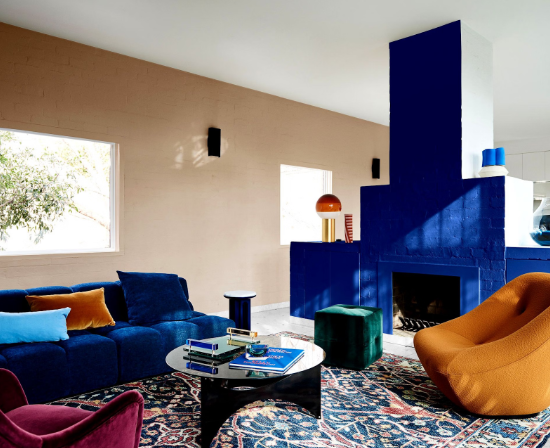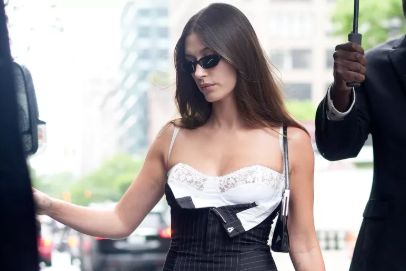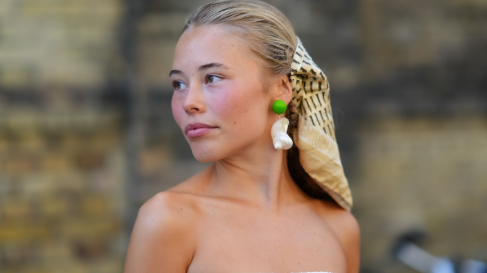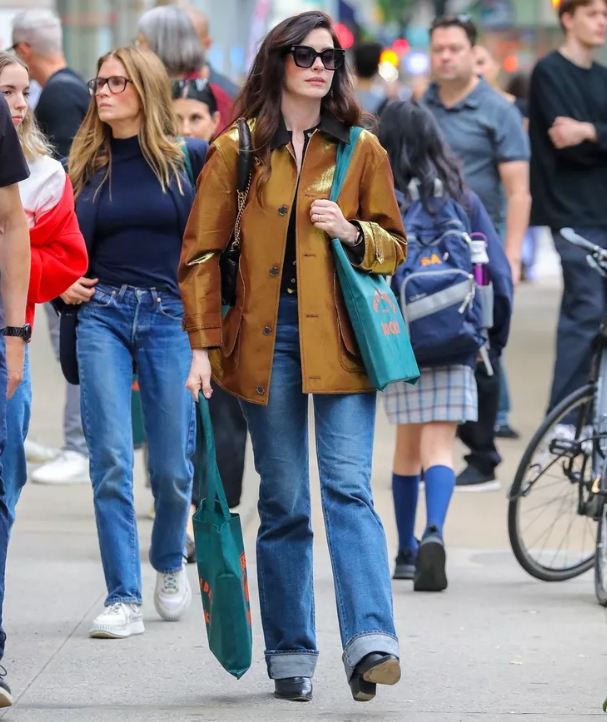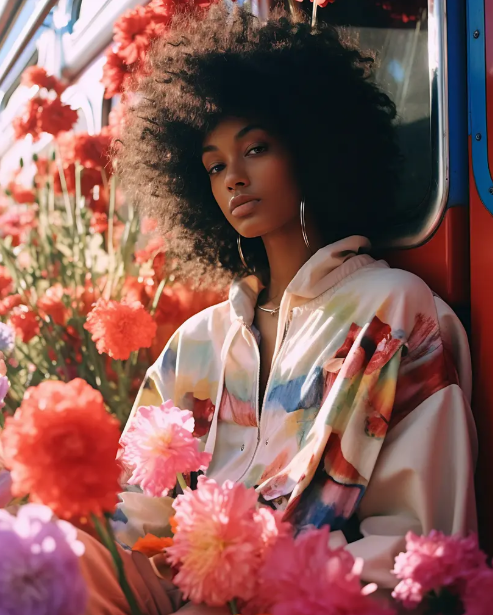When The White Lotus first premiered, it seduced viewers not just with its biting satire and beautifully flawed characters—but with its visually rich, resort-chic aesthetic. From the windswept coastlines of Sicily to the palm-framed luxury of Maui, every season has served as a masterclass in vacation fashion. But this is no mere beachwear showcase. The wardrobe choices in The White Lotus are thoughtful, ironic, and often loaded with character commentary—yet undeniably trendsetting.
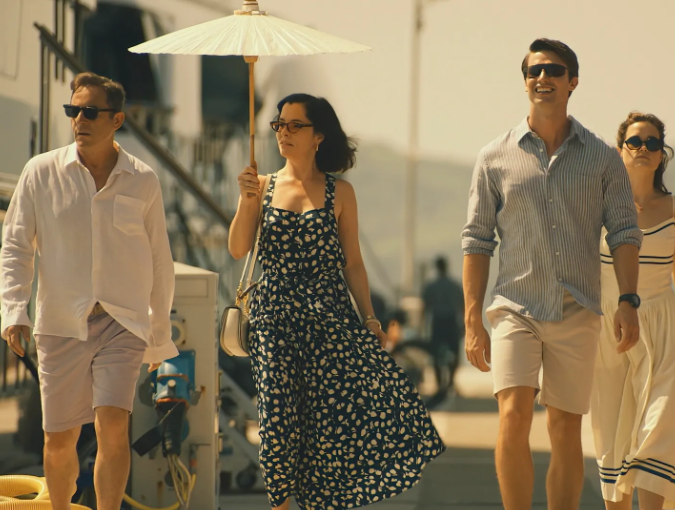
As the series unfolds across glamorous destinations, so too does a distinct fashion identity: one that’s relaxed but refined, eccentric yet elegant, and dripping with both escapism and status. Here’s how The White Lotus has not only influenced the screen—but has become a quiet force shaping modern fashion.
1. Resortwear with Edge: Goodbye Basic Cover-Ups, Hello Statement Kaftans
There was a time when resortwear meant minimalist swimsuits and white linens. The White Lotus rewrote the script. Think: billowing kaftans with saturated prints, dramatic sleeves, and bold accessories. Characters like Tanya (Jennifer Coolidge) turned poolside dressing into a moment of high camp, pairing floral silk robes with oversized sunglasses and feather-trimmed hats that screamed Old Hollywood excess.y to introduce children to eco-conscious habits through fun, hands-on learning experiences.
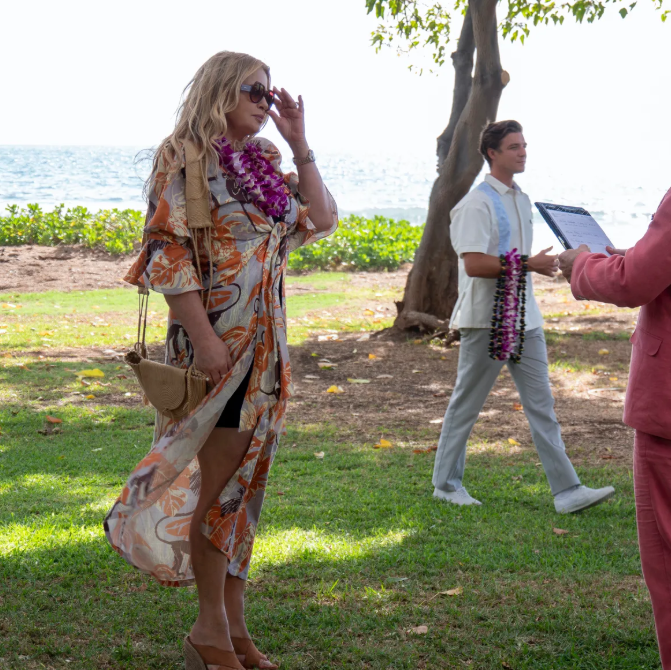
Trend takeaway: Vacation dressing is no longer about blending in—it’s about being seen. Statement resort pieces are now must-haves, whether you’re lounging at a boutique hotel or simply daydreaming through brunch.
2. Italian Maximalism is Back—And Louder Than Ever
In season two, set in Sicily, we witnessed an unapologetic return to Italian glamour: bold gold jewelry, corseted dresses, animal prints, and high-drama silhouettes reminiscent of 90s Versace and Dolce & Gabbana. Lucia and Mia’s sensual, high-octane looks reflected a modern reimagining of la dolce vita—equal parts seductive and self-assured.

Trend takeaway: More is more. Mix baroque accessories with lace-up sandals, bodycon dresses, and sheer details. Don’t be afraid of bold red lips and brushed-out curls—they’re back, and they’re divine.
3. Quiet Luxury Meets Vacation Minimalism
While some characters were sartorially loud, others embraced a new wave of quiet luxury. Portia’s chaotic Gen-Z layering aside, characters like Harper (Aubrey Plaza) and Daphne (Meghann Fahy) leaned into cashmere sets, structured blouses, silk slip dresses, and subtly branded pieces. Clean, coastal palettes—beige, ivory, seafoam, and sage—created an aspirational look that felt effortless, expensive, and Instagram-ready.

Trend takeaway: Build a capsule of elevated basics—cream trousers, linen button-downs, slouchy blazers, and barely-there leather sandals. It’s less about labels and more about fabric, cut, and confidence.
4. Accessories that Tell a Story
The accessories in The White Lotus deserve their own credit line. Tanya’s porcelain doll-like handbags, Portia’s chunky necklaces, Daphne’s oversized sunnies—each one added dimension to their character’s story while subtly nodding to broader fashion movements.

Trend takeaway: Accessories are no longer afterthoughts. Opt for conversation pieces: a quirky clutch, vintage-inspired eyewear, or artisanal jewelry that sparks intrigue.
5. Gender Fluidity and Individualism in Dressing
Portia’s Gen-Z mashup of thrifted and normcore pieces might have been divisive, but it undeniably reflects a growing embrace of fashion as self-expression rather than conformity. Her disjointed layering, nostalgic patterns, and unpredictable silhouettes mirror a generation that prioritizes authenticity over aesthetic cohesion.
Trend takeaway: The rise of anti-fashion fashion—embracing what feels right instead of what matches. Think eclectic layering, unexpected combinations, and confidence as the ultimate accessory.
From Screen to Street: The White Lotus Effect
In a television era defined by realism, The White Lotus reminds us of the power of fashion to tell stories, signify status, and create fantasy. It doesn’t just capture the look of luxury—it deconstructs it, repackages it, and invites us to reconsider how and why we dress the way we do.
From the runways of Milan to curated vacation wardrobes on Instagram, the White Lotus aesthetic is echoing loudly—and it’s not just a trend. It’s a fashion mood, a cultural moment, and a new blueprint for how we dress to escape.





